The Rodney Dangerfields of Tech: 7 Brands That Deserve More Respect
No respect. They get no respect. No matter how many great products some tech companies produce, they just don't get all the love they deserve from consumers, or from many of my colleagues in the press. As tech journalists and consumers adore Apple, gush about Google and celebrate Samsung, these tech enthusiasts also need to remember seven other innovative companies, all of whom deserve more attention for their innovations.
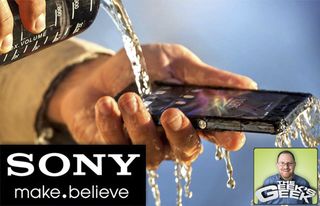
Sony Mobile
Sony's phones have a unique design language that's neither plasticky nor a rip-off of Apple. The design philosophy adds innovative accessories like docks that turn your phone into a home entertainment center or NFC speakers that activate like magic when you tap them with your handset. The new Xperia Z phone looks amazing and can sit submerged in water for 30 minutes while playing your music. So why doesn't Sony Mobile get any love? For some reason, the company seems to have difficulty distributing and marketing its products to the masses. Both during its failed marriage to Ericsson, and now afterward, Sony's best products either haven't appeared on major U.S. carriers or they've shown up several months late and on only one of the Big Four. Even now, the Xperia Z has been available in Europe for weeks, with no U.S. release date in sight. Perhaps Sony needs to go back to school to study the U.S. market.
More: 6 Waterproof Gadgets for 2013

LG Mobile
Unfortunately, many people think of LG as the Audiovox of smartphone makers, a bottom feeder that makes products that are as cheap as they look. Perhaps that's because the company has aimed most of its major U.S. smartphone releases squarely at the bottom of the market. Bargain basement handsets like the Lucid and failed experiments like the awkward, dual-screen DoublePlay have severely hurt the company's reputation here in the United States. However, if you look at LG's latest offerings, you see a company that's innovating just as much as rival Samsung. In the past few months, LG has come out with some incredible proprietary software. The QTranslator app translates foreign-language text in real-time, QSlide floats windows on top of your work and Dual Recording lets you shoot video from both front and back cameras at once. This past fall, LG made Google's popular Nexus 4 phone, and last month LG introduced the Optimus G Pro, which has a mind-blowingly beautiful 5.5-inch, 1080p screen.
More: How to Get Samsung’s, LG’s Best Features on Any Android Phone
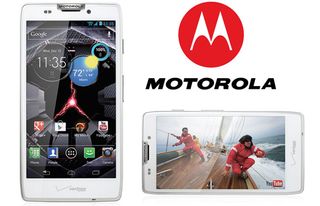
Motorola
When Google purchased Motorola Mobility last year, most people thought the handset maker was being adopted by the tech equivalent of Angelina Jolie, but instead Motorola got Joan Crawford. It seems like every other month Google cuts thousands of jobs at Motorola and, to add insult to injury, Google CFO Patrick Pichette publicly dissed the division's phones, saying that they don't have any "wow." Selling the devices hasn't been easy money either, as Motorola's U.S. market share dropped from 17 percent to 10.4 percent in the past 24 months. Perhaps someone at Google should try using the Motorola Droid RAZR HD, which is the second longest-lasting phone on the market (after the Galaxy Note II) and has a gorgeous AMOLED screen and a clean, attractive version of Android 4.1 Jellybean. Of course, it would help if Motorola didn't save all of its best stuff for Verizon only.
More: Top 10 Smartphones Available Now
Stay in the know with Laptop Mag
Get our in-depth reviews, helpful tips, great deals, and the biggest news stories delivered to your inbox.

ASUS
Laugh if you must at ASUS' over-the-top press conferences, cringe-worthy commercials and confusing product names (there's both a PadFone and a FonePad). However, this Taiwanese technology titan is always innovating, pushing the envelope with new products and even new product categories. ASUS pioneered the netbook back in 2007, launched the first good Ultrabook in 2011 and this year rolled out the Taichi, which has a second HD screen on the back of its lid. We can't say every product the company makes is an unqualified success — does anyone even remember the F6 line of scented laptops? — but an ASUS product is rarely boring. The company jumped from No. 5 to No. 3 in LAPTOP's Best and Worst Notebook Brands this year on the strength of its improved tech support, beautiful displays and unique hardware.
More: 5 Best ASUS Laptops
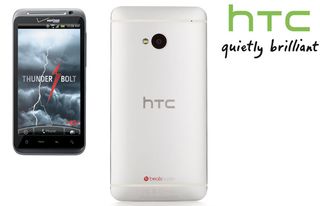
HTC
HTC keeps shrinking. In fact, in Q4 the company saw a 20.3 percent drop in revenue compared to last year, and that was just the latest of many quarterly reports bringing bad news. However, it's hard to understand why a company with such high-quality phones gets so little credit for its achievements. HTC was the first manufacturer to release a 4G phone with the HTC Evo on Sprint's WiMax network back in 2010. The manufacturer struck again in 2011, this time on Verizon, with the HTC Thunderbolt, America's first LTE handset. HTC has long innovated with a custom Sense UI, a slew of neat apps and arguably the best phone cameras and camera software in the Android universe. The company's chassis designs are clearly the most refined and attractive of any on the market, with the HTC One's all-aluminum body. That device is just the latest in a long line of sexy smartphones.
More: 10 Smartphones with the Longest Battery Life
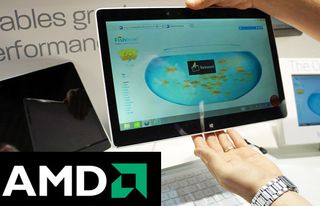
AMD
Back in the late 1990s and early 2000s, AMD seemed cooler than Intel as it pushed the envelope with innovations like the first dual-core x86 CPU while undercutting its larger competitor on price. Unfortunately, AMD harmed its reputation by ceding the high end to Intel, peddling mostly low-cost chips for low-end laptops. However, in 2013 AMD seems poised for a turnaround. The company's upcoming Temash platform could be an Atom-killer, promising high-end performance on low-power, low-cost Windows 8 tablets and hybrids. I saw some Temash systems in action at Mobile World Congress. I was impressed with their thin form-factors and ability to perform complex multimedia tasks (video, Web animations) on full, 1080p screens. The company is also targeting the high end with its standard-voltage Richland platform.
More: AMD Demos Slew of New Hybrid Designs Using Low-Power Temash Platform
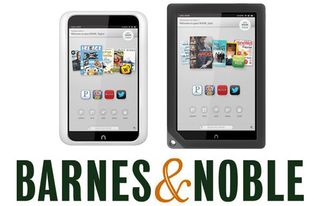
Barnes & Noble
The brick-and-mortar book business may be taking a beating, but Barnes & Noble's Nook hardware and software provides the best interactive e-reading experience out there. Yes, Amazon gets all the hype for its Kindle Fire lineup, but the Nook HD and HD Plus have sharper screens, more attractive designs and a host of family-friendly features that Amazon can't touch, including a read-to-me function, which lets parents record themselves reading to their children, and a series of unique interactive story books. We hope the company respects itself enough to continue making Nook hardware, because a recent report implied that the bookseller might be moving to a software-only business model.
More: Top 10 iPad Alternatives

